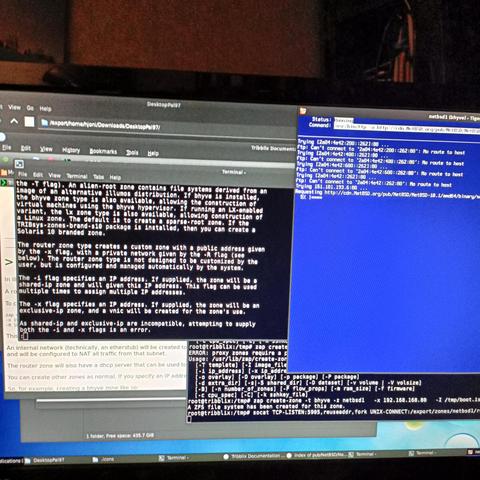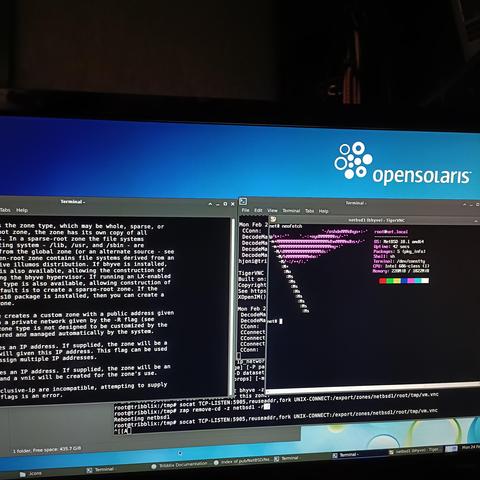'Member how I was kinda bragging about my FreeBSD NAS's 21-day uptime? Well, I attempted to reboot, just for the heck of it (because why not)...and some shit happened.
The reboot process took a while to stop PIDs, and I saw there was a "naspool has been suspended (uncorrectable I/O failure)" error printed to the console. About 40 minutes later it's still stuck. It appears to have hanged, so I had to do a hard reboot. I searched around on the web for this error and found some forum posts, but none of them seemed to have any doable solution. I've gathered that the common thread in some of the forum posts of this error is that it has to do with USB storage, and my naspool is connected via USB.
It booted back up, and the naspool seems fine, but for some reason bhyve doesn't work anymore. I have my web services in a bhyve Debian VM, so those are now (still) down. Bhyve was working before the reboot. When I run the bhyve command to launch the VM, it appears to boot but then it just stops and returns to the shell. No bhyve processes are running.
I suppose I can try reinstalling Debian in a QEMU VM, but I feel like bhyve /ought/ to work.




